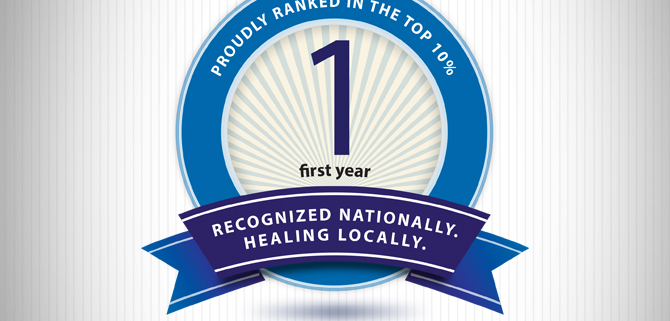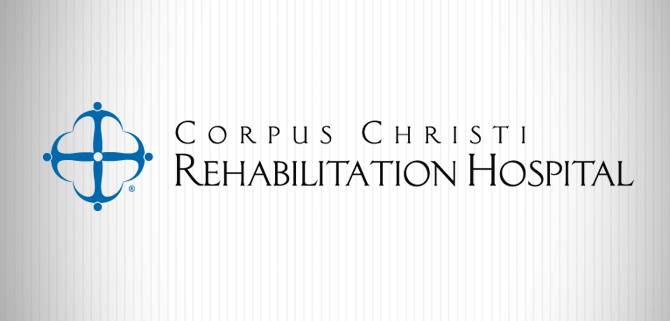If you know how to use the Internet, chances are you’ve done a random search for health information. You’ve searched “cardiac rehabilitation” or “stroke outcomes” or “spinal injury” and you were met with thousands of results that ranged from logical to terrifying and everything in between. But how do you know what information is correct? What sites should you trust? While talking with your physician is always the best source of information, doing your own research can give you a good foundation for understanding basic medical terms and processes as well as helping to form a language for asking questions.
When looking for health information, you should look to websites that present the same researched, peer-reviewed, and up-to-date information that your physicians are getting. These websites take scholarly results, like your physicians read in medical journals and hear at conferences, and make them accessible to the public. For this type of reliable information we suggest turning to one of these websites:
- The Centers for Disease Control (CDC) – Most people associate the CDC with infectious diseases, but their research and website covers much more than the flu and Ebola. Their site has valuable information on our nation’s most pervasive conditions – heart disease, cancer, diabetes — as well as just about any other condition you might search for. The website also contains information on healthy living, traveler health, emergency preparedness, and much more.
- The National Institutes of Health (NIH) – The National Institutes of Health is a clearinghouse for up-to-date health research and information. What’s presented on their website (and through their branch institutes’ sites) is reader-friendly, cutting edge health news. The NIH funds medical research across the country and is a top-tier source for reliable health information.
- National Associations, such as American Heart Association, American Cancer Society, and American Stroke Association, just to name a few. These sites not only present helpful, practical information but they also have stories of success and encouragement.
- But what if you still have the urge to type things into a search engine and see what comes up?
- The National Institute on Aging , a branch of the NIH, gives this helpful checklist to help you determine if the health information you are reading can be trusted.
A QUICK CHECKLIST
- Can you easily see who sponsors the website?
- Is the sponsor a Federal agency or a medical school, or is it related to one of these?
- Can you find the mission or goal of the sponsor of the website?
- Can you see who works for the agency or organization and who is the author? Is there contact information?
- Can you tell when the information was written?
- Is your privacy protected?
- Does the website make claims that seem too good to be true? Are quick, miraculous cures promised?
The most important advice that we can give you regarding online health information is this: If you are experiencing troubling health symptoms, always see a physician. And certainly, if it seems like an emergency, as in the case of a stroke, heart attack, fall, etc., call 911. Online health information can help us understand our diagnosis or that of a loved one, but it takes a health professional to diagnosis and treat disease or injury.
Resources
https://www.nia.nih.gov/health/publication/online-health-information




















